 1993 Hyundai Sonata III (Y3) Dimensions, Size & Specs
1993 Hyundai Sonata III (Y3) Dimensions, Size & SpecsMeasurements of the 1993 Hyundai Sonata III, engineered for optimal performance and comfort
| Dimensions | |
|---|---|
| Length: | 4700 mm185.0 in15.4 ft |
| Width: | 1770 mm69.7 in5.8 ft |
| Height: | 1405 mm55.3 in4.6 ft |
| Trunk Capacity: | 373 liter13.2 cu ft |
| Weight Specifications | |
| Curb Weight: | 1220-1320 kg2690-2910 lbs |
| Maximal permitted Weight: | 1740-1800 kg3836-3968 lbs |
| Roof Load: | 70 kg154 lbs |
| Tire Specifications | |
| Rims Sizes: | 14-inch rims:
|
| Tire Sizes: |
|
The Hyundai Sonata III (Y3) is a mid-size sedan produced from 1993 to 1996, representing the third generation of Hyundai’s popular Sonata model. With a length of 4700 mm (185 inches), width of 1770 mm (69.7 inches), and standing at 1405 mm (55.3 inches) tall, the Sonata III offers a balanced footprint suitable for family and commuter use. Its curb weight ranges between 1220 and 1320 kilograms (approximately 2689 to 2910 pounds), while the maximum weight capacity is between 1740 and 1800 kilograms (3836 to 3968 pounds), reflecting its robust build quality for the period.
The sedan features a luggage capacity of 373 liters (about 13.2 cubic feet), providing ample trunk space for everyday needs such as groceries, luggage, and more. The roof is rated to carry loads up to 70 kilograms (154 pounds), adding versatility for roof racks or carriers.
Regarding wheel and tire specifications, the Sonata III came with multiple rim options including 5.5J x 14, 6.0J x 14, and 15x14 sizes. Tire sizes compatible with the vehicle include 195/70 R14, 205/60 R15, and 205/60 R14, ensuring a good balance between ride comfort and handling.
The Hyundai Sonata III holds a significant place in the early 1990s mid-size sedan market, known for its spacious interior, practical dimensions, and durability. Its size and specifications make it competitive among contemporaries, offering a comfortable driving experience with adequate interior space for passengers and luggage alike.
Discover the standout features that make the 1993 Hyundai Sonata III a leader in its class
Have a question? Please check our knowledgebase first.
The Hyundai Sonata III (Y3), produced from 1993 to 1996, has a length of 4700 mm (185.0 inches), a width of 1770 mm (69.7 inches), and a height of 1405 mm (55.3 inches). These dimensions offer a balanced sedan size that is comfortable for urban and highway driving, providing ample cabin space while maintaining manageable exterior proportions.
The curb weight of the Hyundai Sonata III ranges from 1220 kg to 1320 kg (approximately 2690 lbs to 2910 lbs), depending on the trim and equipment. The maximum permissible weight ranges between 1740 kg and 1800 kg (about 3837 lbs to 3968 lbs). This weight distribution supports good fuel efficiency and handling characteristics typical for mid-size sedans of this era.
The luggage capacity of the Hyundai Sonata III is 373 liters (about 13.17 cubic feet). This capacity is quite practical for a mid-size sedan from the mid-90s, allowing drivers and passengers to store normal amounts of luggage or groceries comfortably. Compared to other sedans of its time, it sits comfortably within the average range, offering sufficient space for family or personal use.
The Hyundai Sonata III supports several wheel sizes to balance comfort and handling. Rim sizes include 5.5J x 14, 6.0J x 14, and 15 x 14. The compatible tire sizes offered are 195/70 R14, 205/60 R15, and 205/60 R14. These tire dimensions help provide a good grip on varied road surfaces while maintaining a comfortable ride.
Yes, the Hyundai Sonata III (Y3) fits comfortably in a standard residential garage. With its length of 4700 mm (185.0 inches) and width of 1770 mm (69.7 inches), the sedan is well within typical garage dimensions, which often measure around 2400 mm (94.5 inches) in width and 6000 mm (236 inches) in length. Its height of 1405 mm (55.3 inches) ensures it poses no clearance issues for most garages.
Compared to its predecessor, the Sonata II, the Sonata III grew slightly in size to offer improved interior comfort and road presence. While specifics may vary based on model years, the Sonata III's length of 4700 mm (185.0 inches) is longer, its width of 1770 mm (69.7 inches) is wider, and its height of 1405 mm (55.3 inches) is slightly lower to improve aerodynamics. These changes contributed to a more modern and spacious cabin environment.
The Hyundai Sonata III's dimensions place it squarely within the mid-size sedan segment of the early 1990s. Competitors such as the Toyota Camry or Honda Accord offered similar lengths around 4700 to 4800 mm (185-189 inches), comparable widths near 1770 to 1800 mm (69.7-70.9 inches), and heights close to 1400-1450 mm (55-57 inches). The Sonata offered competitive interior space and road presence, making it a strong option in its class.
The Hyundai Sonata III (Y3) has a roof load capacity of 70 kg (about 154 lbs). This capacity indicates how much weight can safely be placed on the roof when using roof racks, carriers, or other rooftop accessories. It is ideal for carrying luggage boxes, bikes, or other gear without risking damage to the roof structure or impacting driving safety.
The Hyundai Sonata III is a mid-size sedan designed primarily for family and commuter use. Produced from 1993 to 1996, it targeted buyers seeking a balance of comfort, practicality, and affordability. It was suited for daily urban driving, long highway trips, and provided a reliable transportation solution with reasonable fuel efficiency and spacious interiors for its time.
While specific suspension geometry details are less highlighted, the Hyundai Sonata III (Y3) was engineered with a focus on ride comfort and handling stability typical of 1990s mid-size sedans. It featured a well-balanced chassis with suitable wheelbase proportions to enhance passenger comfort and reduce road vibrations. The tire and rim options combined with its curb weight played essential roles in providing a smooth, controlled driving experience.
Discover similar sized cars.

| Model Year: | 1978 |
|---|---|
| Length: | 4705 mm185.2 in |
| Width: | 1722-1730 mm67.8-68.1 in |
| Height: | 1410 mm55.5 in |
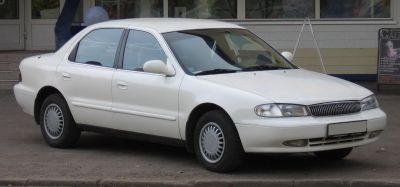
| Production: | 1996-1998 |
|---|---|
| Model Year: | 1996 |
| Length: | 4696 mm184.9 in |
| Width: | 1770 mm69.7 in |
| Height: | 1420 mm55.9 in |
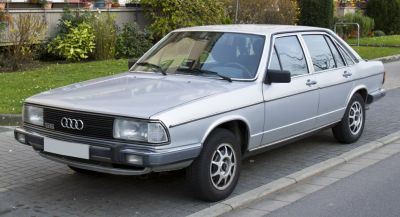
| Production: | 1979-1982 |
|---|---|
| Model Year: | 1979 |
| Length: | 4683 mm184.4 in |
| Width: | 1768 mm69.6 in |
| Height: | 1390 mm54.7 in |
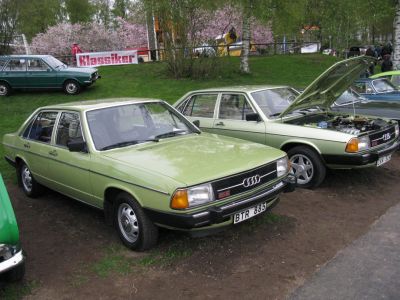
| Production: | 1976-1979 |
|---|---|
| Model Year: | 1976 |
| Length: | 4680 mm184.3 in |
| Width: | 1768 mm69.6 in |
| Height: | 1390 mm54.7 in |
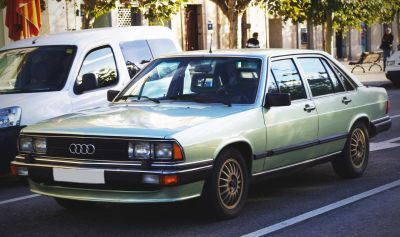
| Production: | 1979-1982 |
|---|---|
| Model Year: | 1979 |
| Length: | 4695 mm184.8 in |
| Width: | 1768 mm69.6 in |
| Height: | 1390 mm54.7 in |

| Production: | 2012-2014 |
|---|---|
| Model Year: | 2012 |
| Length: | 4729 mm186.2 in |
| Width: | 1782 mm70.2 in |
| Height: | 1465 mm57.7 in |
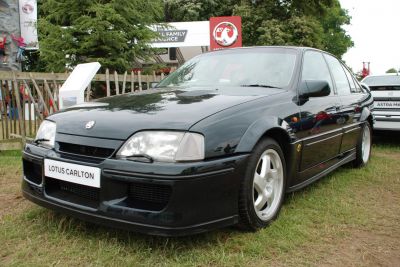
| Production: | 1986-1994 |
|---|---|
| Model Year: | 1986 |
| Length: | 4768 mm187.7 in |
| Width: | 1933 mm76.1 in |
| Height: | 1435 mm56.5 in |
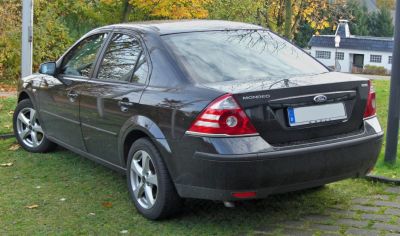
| Production: | 2001-2007 |
|---|---|
| Model Year: | 2001 |
| Length: | 4731 mm186.3 in |
| Width: | 1812 mm71.3 in |
| Height: | 1429 mm56.3 in |
